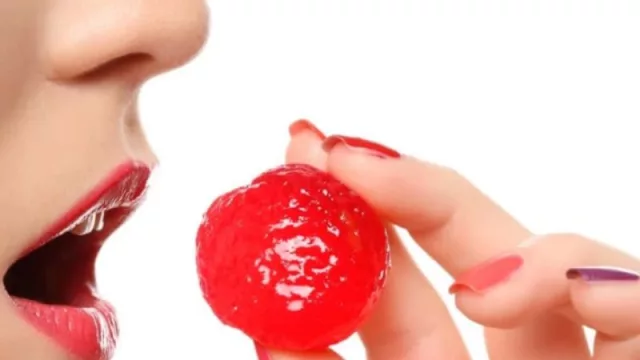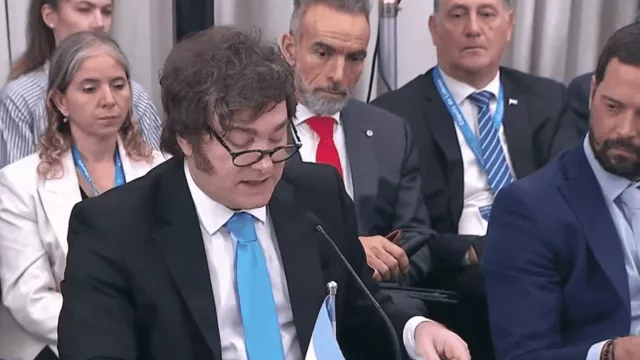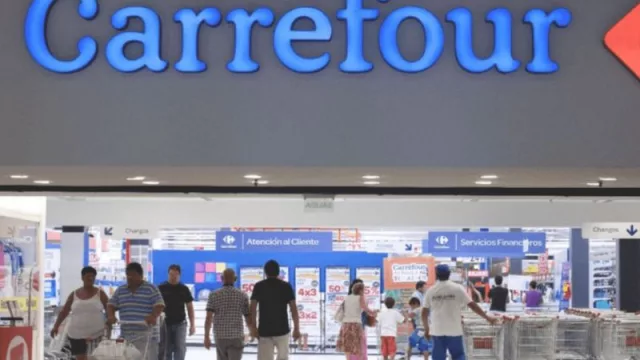Summary and Tips
The FDA's ban on Red Dye No. 3 marks a significant step towards safer and healthier eating. This shift will not only benefit consumers but also set a precedent for future reviews of other artificial additives. It’s high time consumers become informed and demand safer products, creating a marketplace where health and wellness take precedence over commercial interests.
This is a move that should undoubtedly be emulated across the continent, and swiftly.
The FDA has banned the use of Red Dye No. 3 due to its potential carcinogenic properties.
Over 9,200 food products contain this dye, ranging from candies to cereals.
This ban is a victory for consumer advocacy groups and a call to action to reevaluate other artificial colorings.
The FDA's Decision
On Wednesday, the FDA announced that "it is banning the use of Red Dye No. 3, a synthetic dye that gives foods and beverages their vibrant cherry-red color, which has been linked to cancer in animals." This dye was used in thousands of products, impacting the diets of millions of consumers. The Center for Science in the Public Interest (CSPI) had requested this ban in 2022, citing "extensive evidence suggesting that its use in beverages and candies may cause cancer, as well as affect children’s behavior."
A Changing Paradigm
As expressed by Dr. Peter Lurie, president of CSPI, "Finally, the FDA is closing the regulatory paradox of Red Dye No. 3 being illegal for cosmetic use yet perfectly legal to feed to children in candy." The FDA’s decision to eliminate this dye, which has been banned in cosmetic products since 1990, signifies a meaningful shift in food safety regulation in the United States.
Follow us on: IG: @infonegociosmiami
Implications for Consumers
With the ban in place, "food manufacturers will have until January 15, 2027, to reformulate their products." This change not only ensures greater safety for consumers but also reflects rising public pressure from those who demand safer, more natural foods. Melanie Benesh, vice president of government affairs at the Environmental Working Group, remarked, "This is a huge win for consumers, as this carcinogenic chemical will finally be out of the food supply."
Industry Response
The industry's reaction has been mixed. The Consumer Brands Association, a trade group, stated that food safety "is the number one priority" for companies and that they will comply with the FDA's ban. "Revoking the authorized use of Red Dye No. 3 is an example of the FDA leveraging its science-based authority to reassess the safety of products on the market," declared Sarah Gallo, senior vice president of product policy and federal affairs.
Looking Ahead
The FDA has been reviewing the approval of Red Dye No. 3 since CSPI filed its petition. Concerns extend beyond cancer, with ongoing debates about the relationship between artificial colorings and child behavior. While the FDA could not establish a causal link between colorants and hyperactivity back in 2011, the pressure for a more thorough review is undeniable.
-
Subscribe for free to receive the most strategic, agile, and valuable insights at: https://infonegocios.miami/suscribite-al-newsletter
Infonegocios NETWORK: 4.5 million Anglo-Latinos united by a passion for business.
Contact Infonegocios MIAMI:[email protected]












Tu opinión enriquece este artículo: